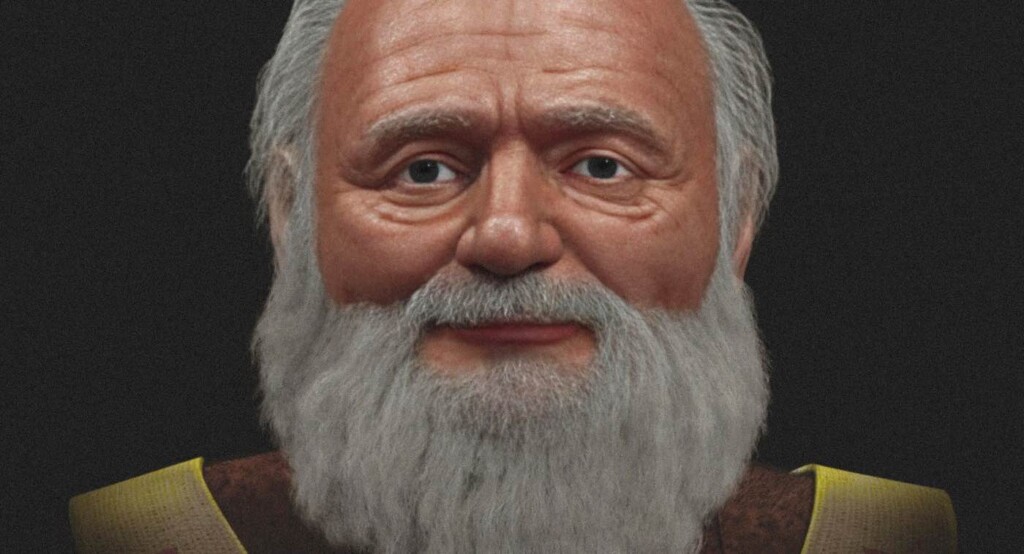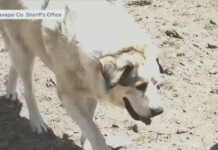
In one of the more fascinating pieces of Christmas news you’ll read this year, scientists studying the skull of the real man who became St. Nicholas, found that his facial proportions match pretty well with those described in Twas the Night Before Christmas.
With the help of 3D digital facial reconstruction, often used in archaeology to render ancient skulls, the scientists were able to produce an image of ‘Old Saint Nick’ as he would have really looked to his followers.

“Saint Nicholas of Myra or Saint Nicholas of Bari, had Greek ancestry and would have come from Patara, Asia Minor (present-day Turkey), in the Roman Empire, where he would have been born in the second half of the third century (between 250 and 270), and died between the years 335 and 370,” the author, Cicero Moraes, wrote in a study on the digital rendering.
Among the early Christian sects, scholars write that Saint Nicholas had one of the most widespread followings. It’s easy to see why—the strong yet gentle face, paired with Nicholas of Myra’s reputation for gift-giving, would have been a welcome sight to the downtrodden of the Roman Empire.
The gift-giving inspired the Dutch folk hero Sinterklaas, who merged with the English ‘Father Christmas’ who was known for feasting, not gift-giving, to create the Santa Claus/Saint Nicholas we know today.
With the beard, the digitally rendered appearance is remarkably like that recounted in the 1823 poem, Twas the Night Before Christmas, described as the most well-known verses ever penned by an American.
Generally attributed to Clement Clarke Moore, his description of Saint Nicholas is of a “broad face” with merry dimples, “cheeks like roses and a nose like a cherry,” all above a “droll little mouth, tied up like a bow.”
CHRISTMAS STORIES THIS YEAR: Three Children Receive ‘the Best Christmas Present Ever’ – Bionic Arms
Moraes and his team must have been surprised when they saw the final rendering, as it was well-matched with the poem. Perhaps the biggest difference is Santa Claus’ cherry-like nose. Saint Nicholas of Myra had an asymmetrical nose that bent to his right.
In the study, one can read how precise forensic analysis was used to reconstruct the face from the skull, but also how another bone belonging to St. Nicholas was found to have a higher mineral density than bones of a similar 70-year-old today, indicating a natural robustness, and supporting the rendering’s depiction of a stock, broad head and face.
ANOTHER REAL SANTA CLAUS: The Original Secret Santa Started it All by Paying Back Kindness Shown While He was Homeless
Statistical proportioning, anatomic principles, tomography, and historical sources all went into creating the faces, which were rendered in grey through pure mathematics, and in color, hair, and clothes according to an AI that adjusted the base model to add in the skin-deep characteristics of a 70-year-old.
The result is the spitting image of the first depiction of Santa Claus, from a 1863 issue of Harper’s Weekly Magazine in the USA.
SHARE The Face Of Old Saint Nick With Your Friends On Social Media…




















